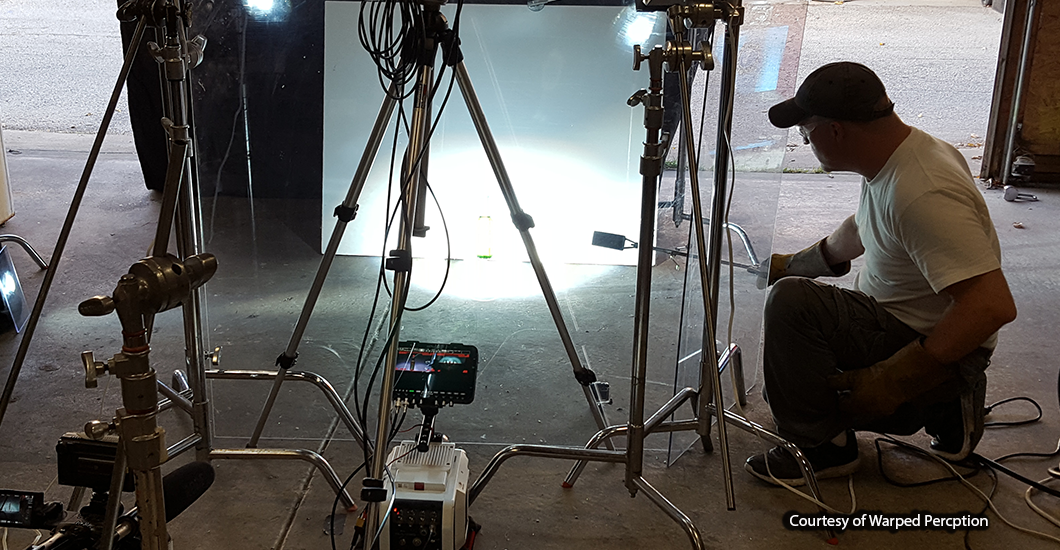Workflow
Preparation is key in high-speed imaging. Understanding what you want to image, the environment it will take place in, and whether or not you will have access to basic requirements like electricity before you begin attempting to record will make your shot a success.
For a more in-depth understanding of the factors that go into planning a successful workflow in high-speed imaging download our free whitepaper, “Optimizing Workflow for High-Speed Imaging Applications.”
